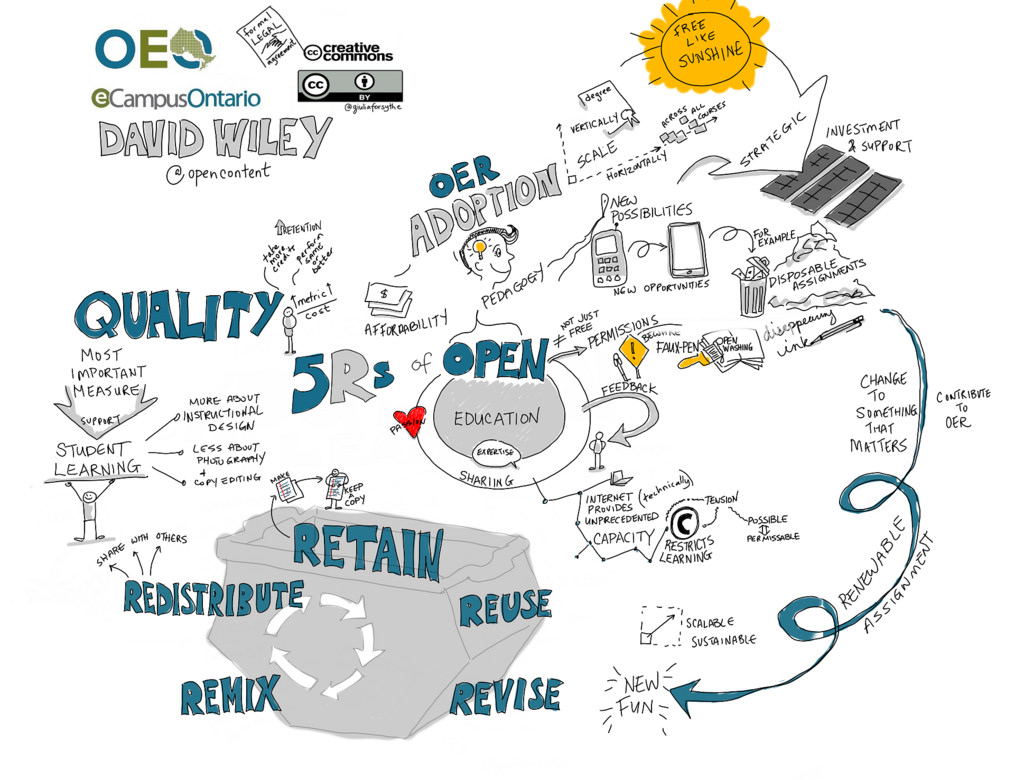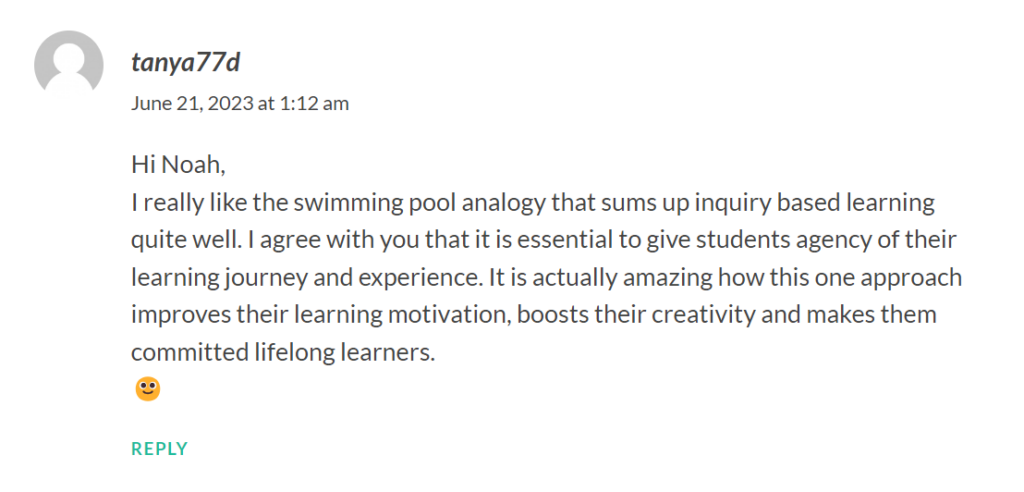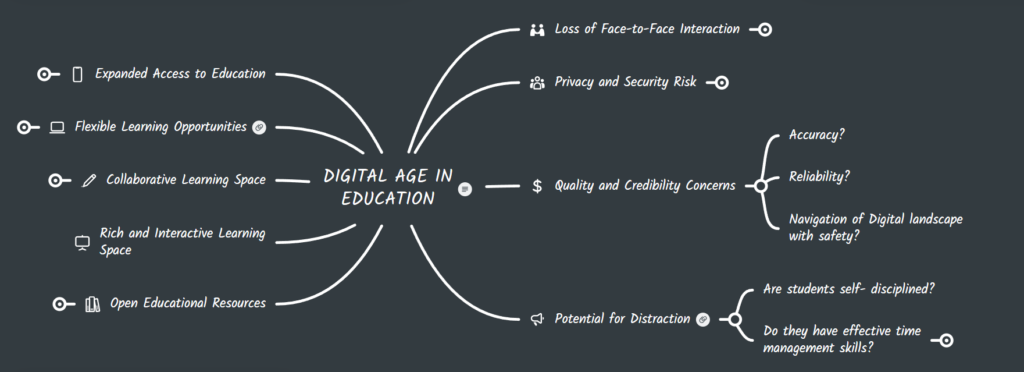Having reviewed the various approaches to learning environments, I came across Open Pedagogy, which piqued my curiosity and sparked my interest in exploring my own thoughts on the subject. What did I think about it?
The sole instance I could recall and the primary connection I could establish with Open Pedagogy relates to a past semester when my professor assigned an assignment without providing a rubric. It did definitely leave me ill at ease. However, then it began to make sense. She expressed her intention of not wanting us to confine our work within predefined parameters, essentially avoiding constrictions or already set boundaries that could potentially stifle our creativity and limit our exploration of the subject matter. Now when I think about it, rubrics can to a certain extent impede a person’s ingenuity, if not totally restrict it.
Previously, I obviously didn’t devote much consideration to it, but now, after conducting some research on the said instructional approach, I could see a multitude of ideas emerge and simultaneously evolve. Especially, after looking at David Wiley’s mind map of Open Ped, I could see what the 5 Rs (Retain, Reuse, Revise, Remix and Redistribute) meant.

Catherine Cronin, an open education researcher describes Open Pedagogy as “a values-driven, transformative approach to teaching and learning that is based on collaboration, connection, and the creation and sharing of knowledge in a networked world.”
This learner centered approach emphasizes on learner agency, empowering them to take an active role in their own learning. Take what I am doing right now, maintaining a blog where I regularly reflect on my learning experience, engaging in peer discussion and sharing insights. This is open practice!
Open Access Journals where students are the publishers, authors, peer reviewers, and even editors is another example of how open pedagogy contributes to the dissemination of knowledge.
Upon reflection, I have come to realize that, without consciously intending to, I have structured my learning design blueprint in alignment with the principles of Open Pedagogy. As an illustration, the case study assessment and CANVA presentation will facilitate student collaboration, enabling them to collaboratively generate their own open educational resource (OER). This process will actively involve them in research, content curation, and the publication of their work under an open license, exemplifying the principle of authentic assessment. It appears I have hit the mark!
My comment on Noah’s blog post :

REFERENCES
Cronin, C. (n.d.). Opening up Open Pedagogy – Catherine Cronin. http://catherinecronin.net/research/opening-up-open-pedagogy/
What Is Open Pedagogy? | UMKC Online. (n.d.). https://online.umkc.edu/what-is-open-pedagogy/

Hello Tanya, Thank you for sharing your experience about how you had to modify your plan, changing in from a…
Hello Tanya, Thank you for sharing your different learning experiences. I can relate to the sentence you wrote whereby the…
Hi Tanya! Thanks for sharing that fantastic video. It was really deep, and I enjoyed watching it. What I loved…
Hey Noah, Thank you for your comment! I often times rely on digital pedagogy in my ESL classroom. I can…
Hi Tanya, I love the activities that you provided to go along with your video, very creative! I think that…